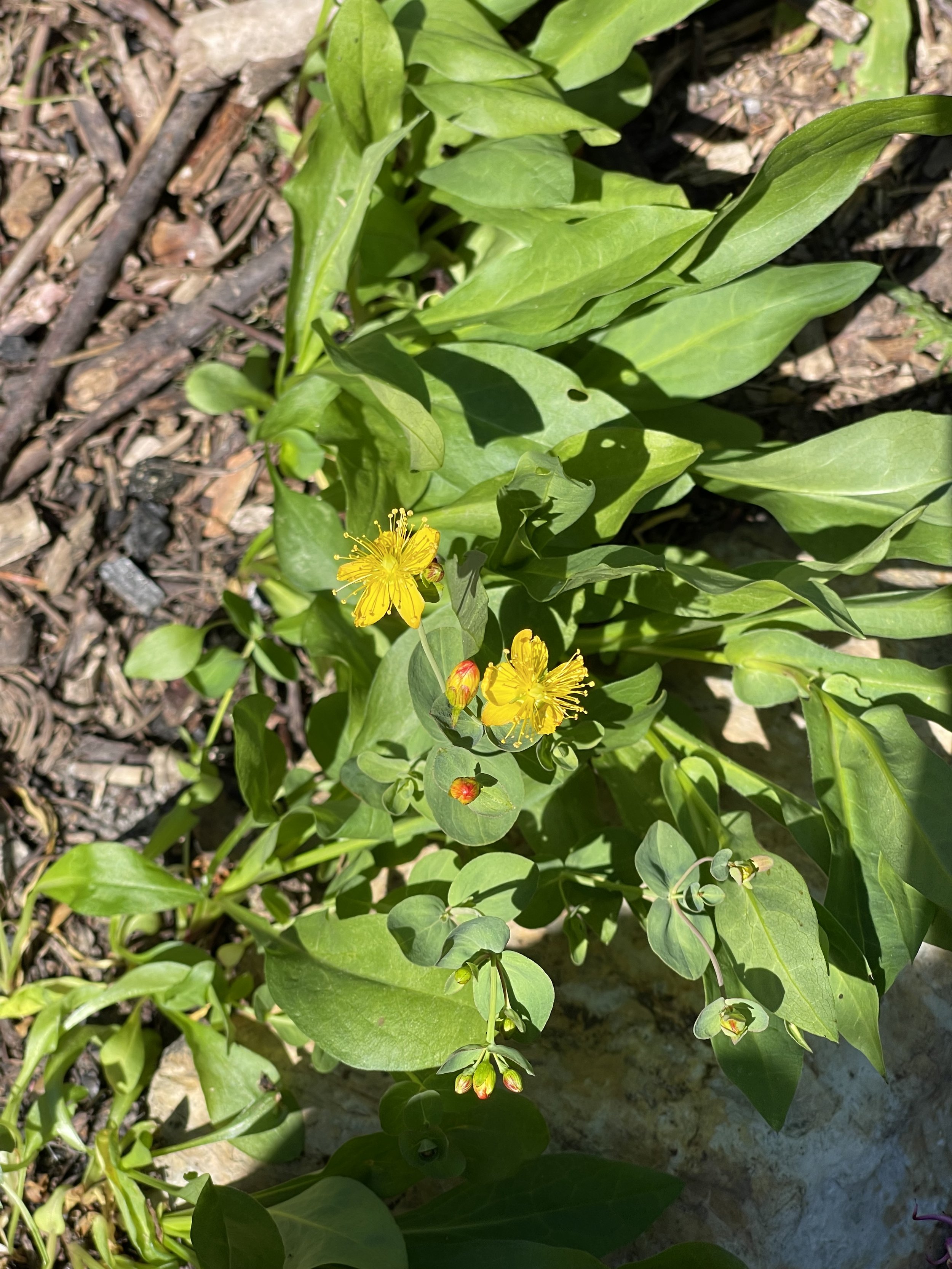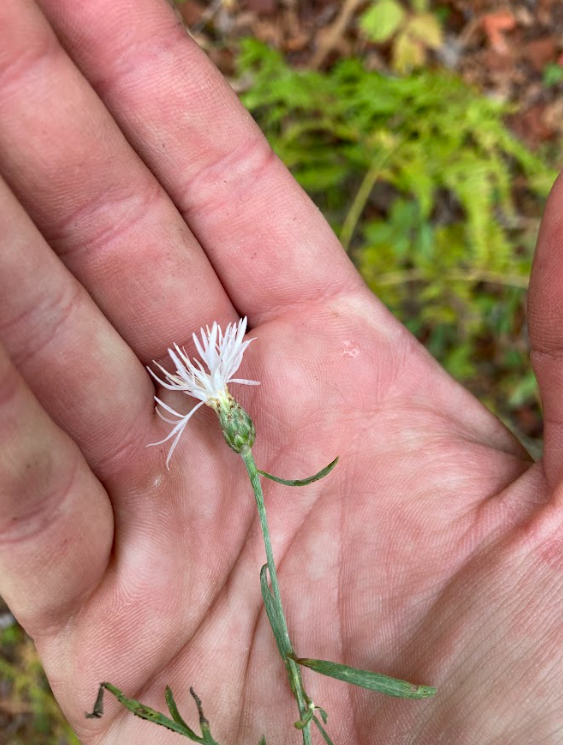As we finish these final days of February and transition into March, this week marks National Invasive Species Awareness Week (NISAW). NISAW is an international event that raises awareness about aquatic and terrestrial invasive species on federal, state, and private lands. Every year, NISAW aims to protect natural ecosystems by educating local, state, federal, and regional agencies, organizations, community members, and stakeholders.
At the Great Burn, we have a long history of invasive species treatment and restoration work within our mission area. Within the Kelly Creek drainage, we are approaching nearly 20 years of persistent treatment and monitoring. With this, our restoration program is expanding to include a broader and more holistic portion of the Great Burn. Currently, the invasive species that affect the Great Burn include St. John's wort, Spotted Knapweed, Sulfur Cinquefoil, Houndstongue, Thistle, Oxeye Daisy, and Tall Buttercup. Invasive plants establish themselves in the Great Burn through various means, favoring locations experiencing high disturbance, such as areas alongside trails and in unofficial campsites.
Can you guess which plant is a native species below?
There are many things you can do to prevent and address the spread of invasive species, both within the Great Burn and any other natural area. Here are a few ideas-
Go on a volunteer trip to help remove and monitor invasive species.
Clean hiking boots, waders, off-road vehicles, and other gear between outings.
Use boot brushes at trailheads when available.
When recreating with watercraft, make sure to clean, drain, and dry all equipment after your outing. Also, comply with the watercraft inspection and decontamination requirements of your region.







